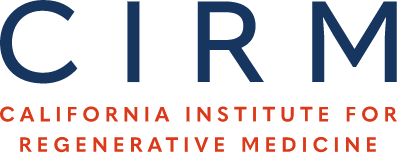Following the grant award, the training program successfully appointed eight graduate students, four postdoctoral fellows and one clinical fellow. Appointment followed a campus-wide call for applications and a holistic review process in which we aimed to appoint trainees from a broad-range of backgrounds and scientific disciplines. In this we believe we believe we were greatly successful. Following appointment of trainees, we have organized a number of cohort-building activities culminating in a now to be annual retreat. Attendance at the retreat was compulsory for both trainees and mentors and this policy was adhered to with some understandable exceptions where a prospective attendee had a previous engagement, e.g. an international meeting. One notable outcome of the retreat was the realization of the potential for collaborative projects between training labs. Another important outcome came from an open discussion about improving trainee outcomes and is a subject that the program directors will act on. Following the grant award, the training program successfully appointed eight graduate students, four postdoctoral fellows and one clinical fellow. Appointment followed a campus-wide call for applications and a holistic review process in which we aimed to appoint trainees from a broad-range of backgrounds and scientific disciplines. In this we believe we believe we were greatly successful. Following appointment of trainees, we have organized a number of cohort-building activities culminating in a now to be annual retreat. Attendance at the retreat was compulsory for both trainees and mentors and this policy was adhered to with some understandable exceptions where a prospective attendee had a previous engagement, e.g. an international meeting. One notable outcome of the retreat was the realization of the potential for collaborative projects between training labs. Another important outcome came from an open discussion about improving trainee outcomes and is a subject that the program directors will act on. Students are required to participate in our monthly Stem Cell Seminar Series during Fall and Winter Quarter, where they attend a distinguished guest speaker’s seminar on their current research and are given the opportunity to meet and have lunch with the speaker. During their Spring Quarter of their first or second-year on the training program, students are required to enroll in Molecular Biology (Mol Bio) 243, Topics in Stem Cells, presentation by participating faculty or guest lecturer that is open to the science community, followed by discussion of the lecture topic or a related topic. Finally, students are required to have taken Microbiology and Molecular Genetics (MMG) 250, Conduct of Research, where each session includes a formal presentation by faculty/invited speaker followed by a discussion of case studies related to the topic under consideration. This course is usually taken during a graduate student’s Gateway program and fulfills this requirement. Additionally, our students are invited to applicable seminars and workshops presented by other UCI departments. These events can improve their understanding of their research from a different lens or provide different career pathways that were not completely realized until attending the event.
During the review period, one trainee published a paper describing the role for membrane-bound receptor, PIEZO1, in the development of neuronal cells in the brain. PIEZO1 modulates the quantity, quality, and organization of cells by influencing cellular cholesterol metabolism. The study established a direct link in neural development in neural stem cells for a role for the PIEZO1 receptor and intracellular cholesterol levels, These studies have important implications for human brain development and how cholesterol may play a part in this process in health and disease. Another trainee published a paper about neuronal support cells termed microglia. The findings of their studies, carried out in a well-tested animal model of Alzheimer’s disease (AD), indicated that microglia help prevent some of the pathological changes associated with some forms of AD. These studies also indicated that one of the main AD risk genes actually affects microglia and not neurons, suggesting that new treatments for AD might involve treating cells other than neurons in the brain.
In summary, our trainees have made some important scientific discoveries and have made much progress in furthering their career goals. We strongly believe this training program will further the goals of the California Institute of Regenerative Medicine and help develop new stem cell based treatments for human diseases and disorders.



